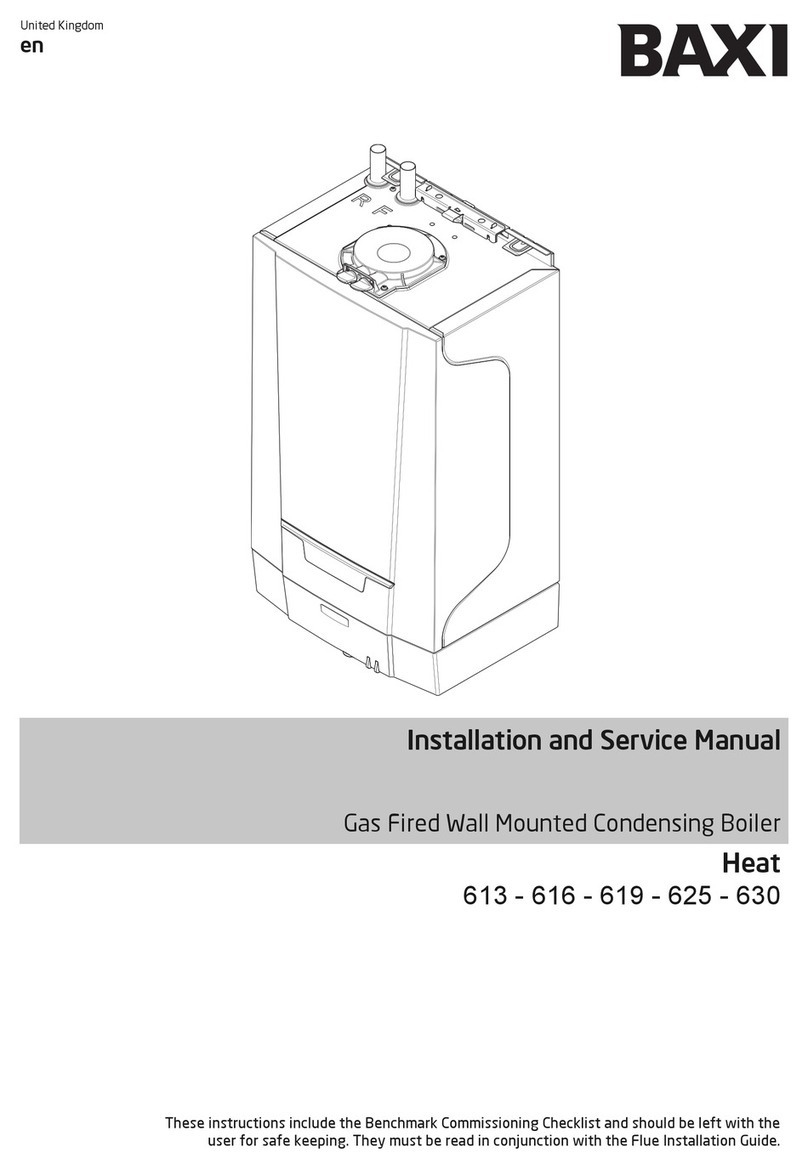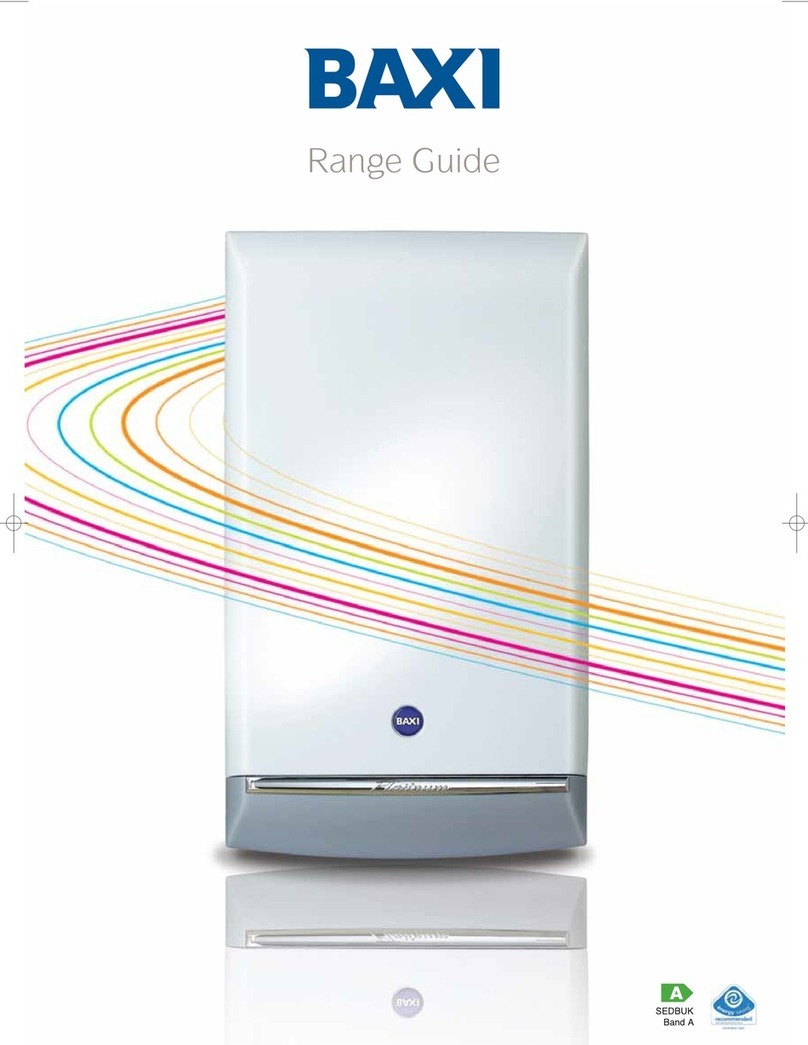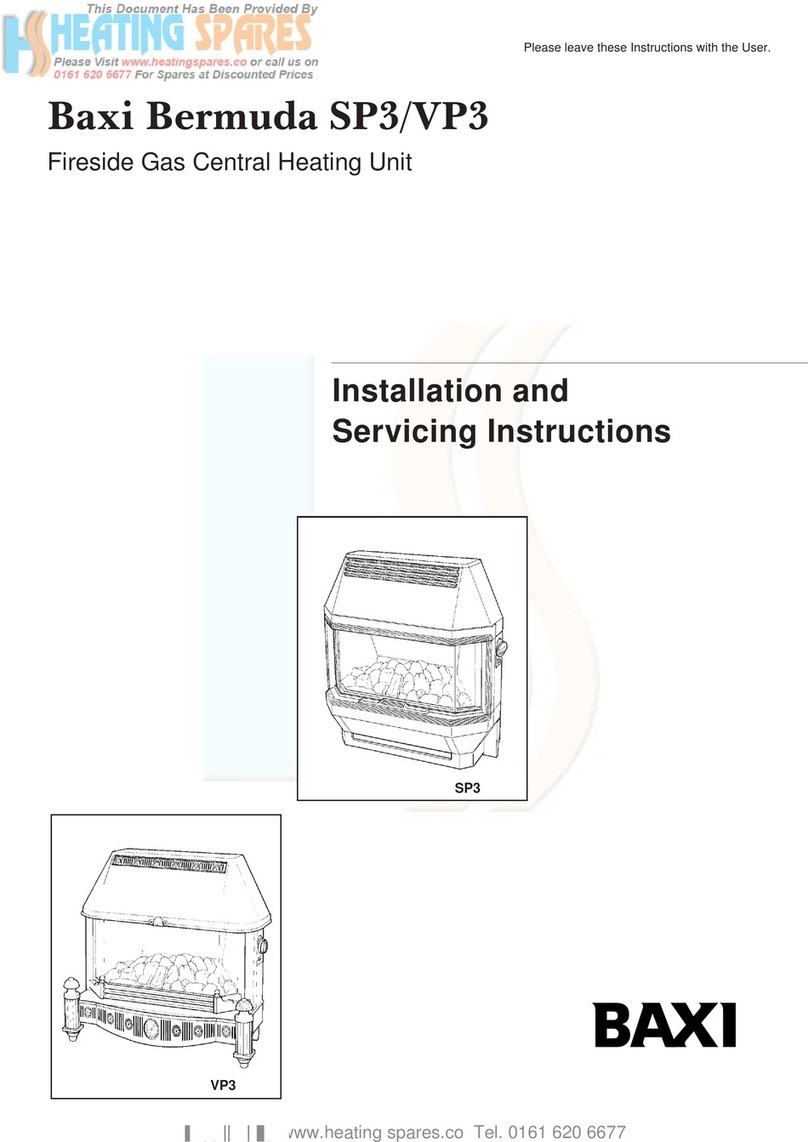Baxi Maxflow Combi WM User guide
Other Baxi Boiler manuals
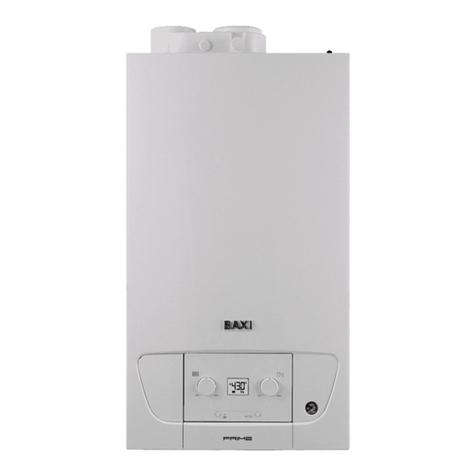
Baxi
Baxi Prime 1.24 User manual
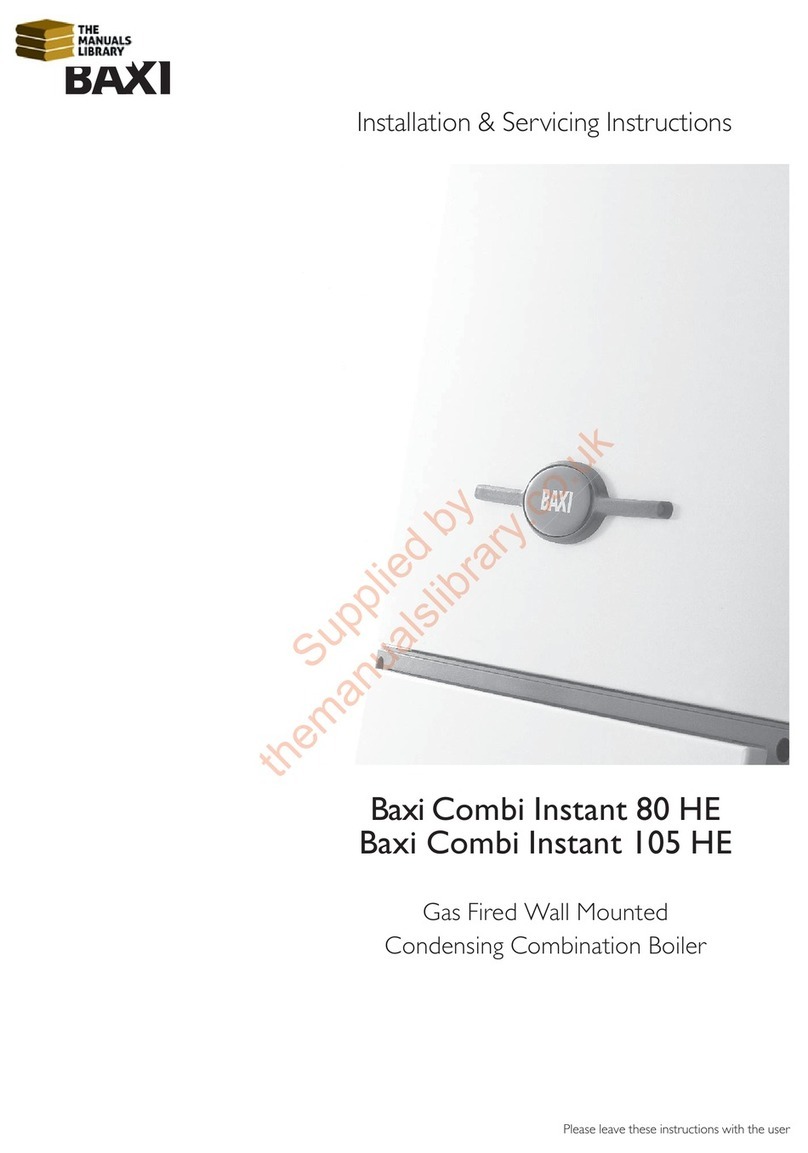
Baxi
Baxi Combi Instant 80 HE Release note
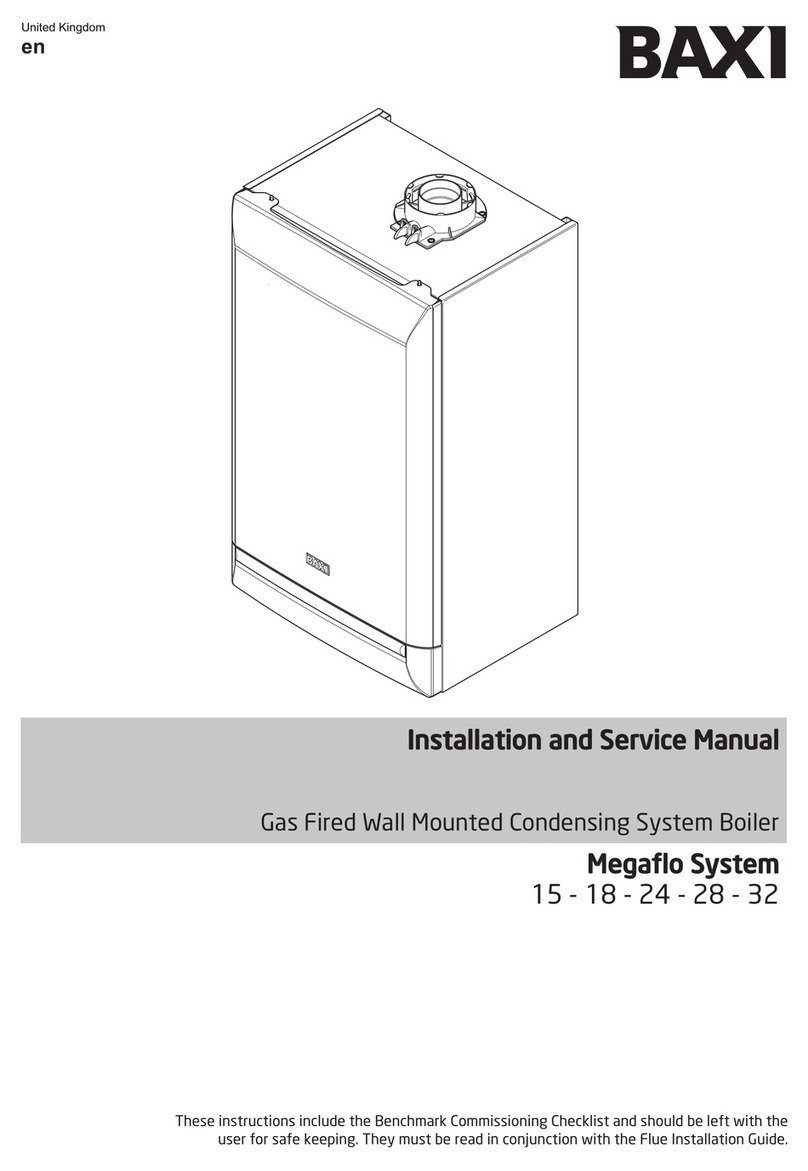
Baxi
Baxi Megao System 15 Manual
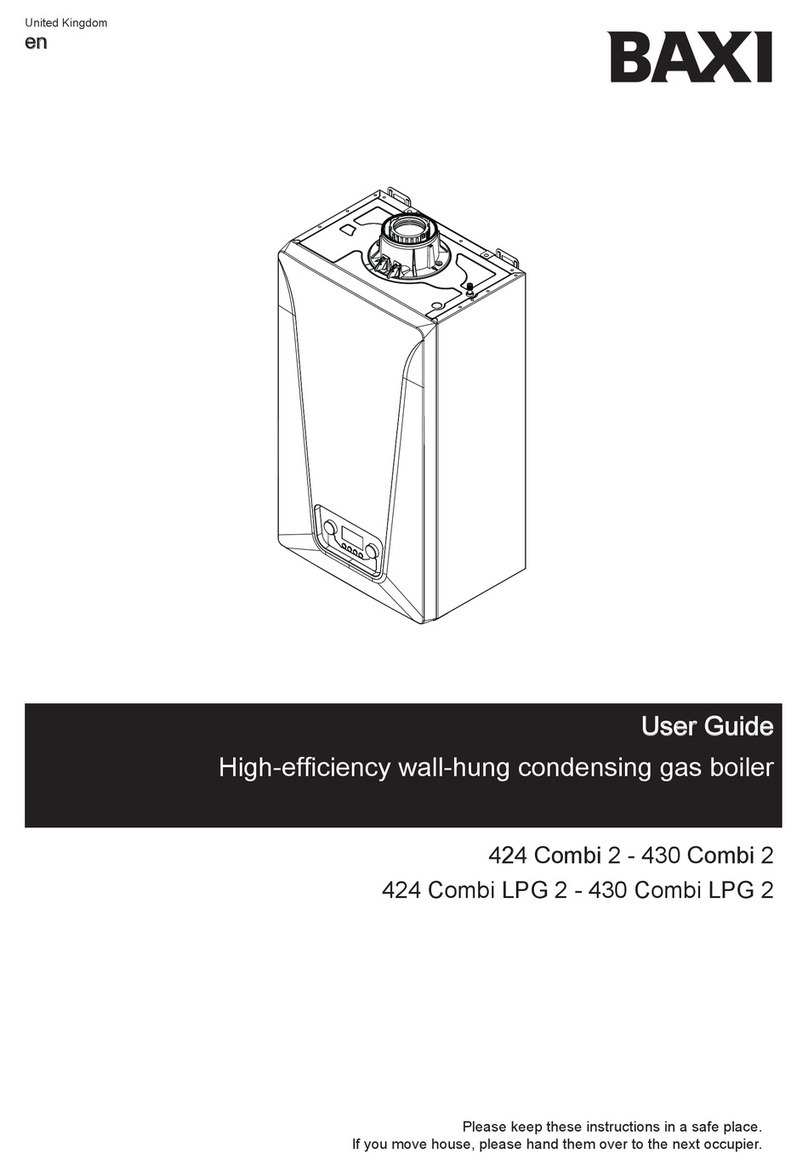
Baxi
Baxi COMBI 424 User manual
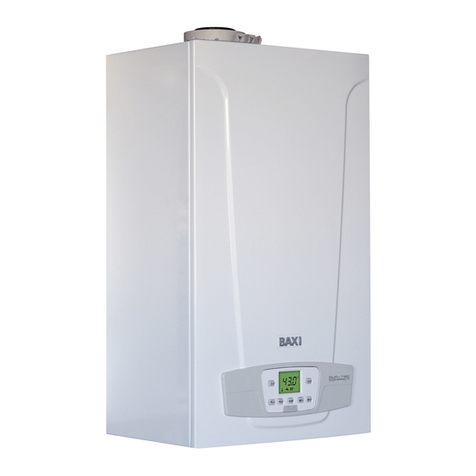
Baxi
Baxi DUO-TEC COMPACT 30 GA User manual
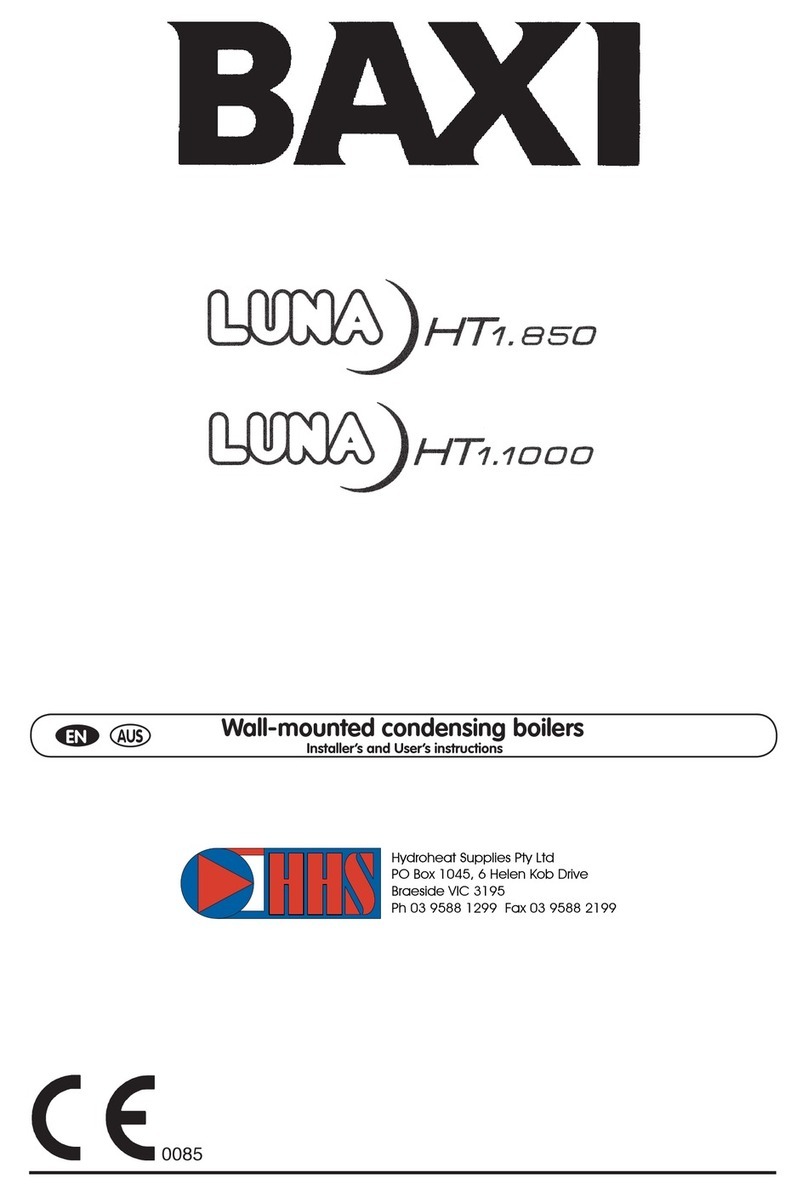
Baxi
Baxi LUNA HT 1.850 User manual
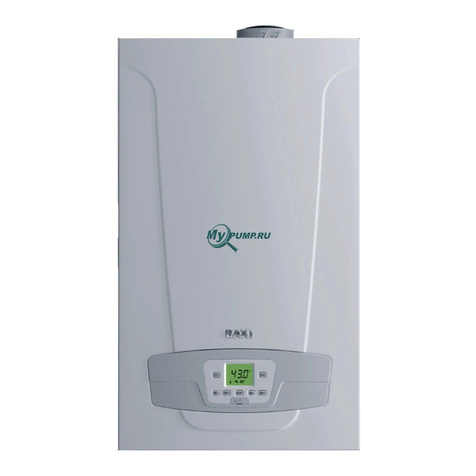
Baxi
Baxi Neta-tec Combi GA Range Instruction Manual

Baxi
Baxi Combi 30 HE Installation and maintenance instructions
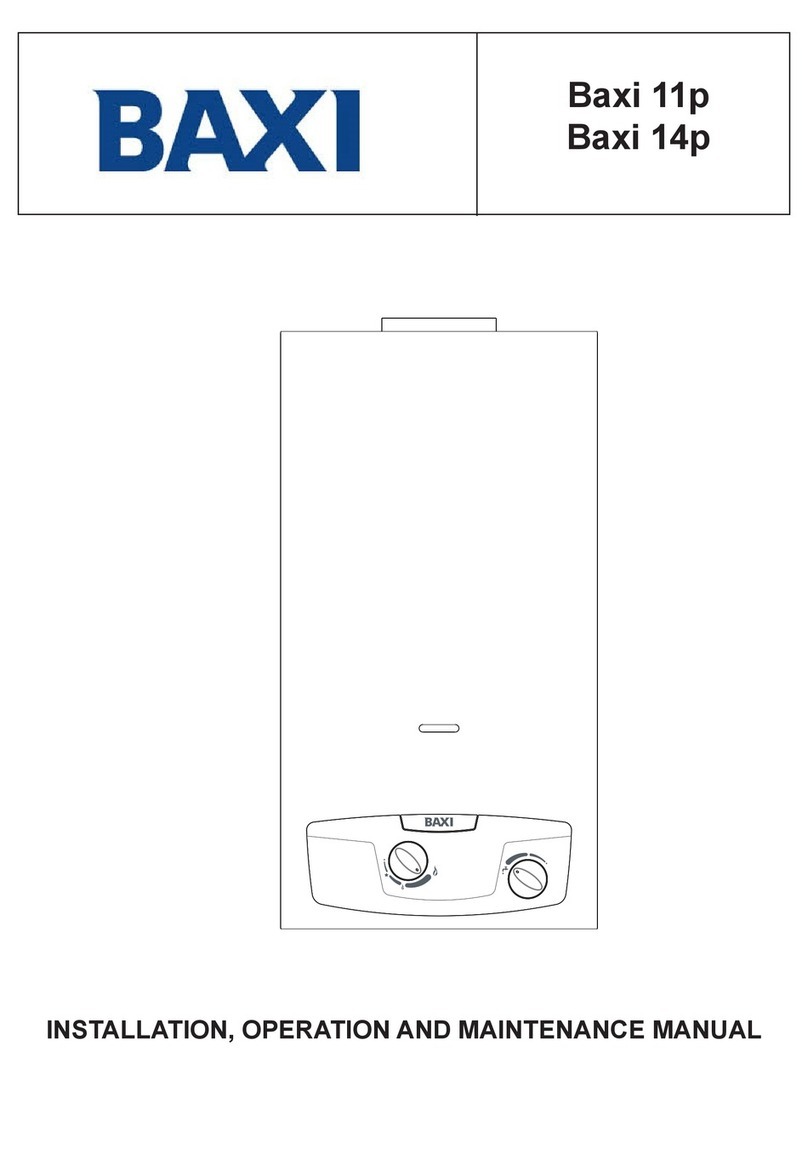
Baxi
Baxi 11p User manual

Baxi
Baxi W. M. 552 OF Quick guide

Baxi
Baxi Luna Duo-Tec Guide

Baxi
Baxi NUVOLA PLATINUM + Guide
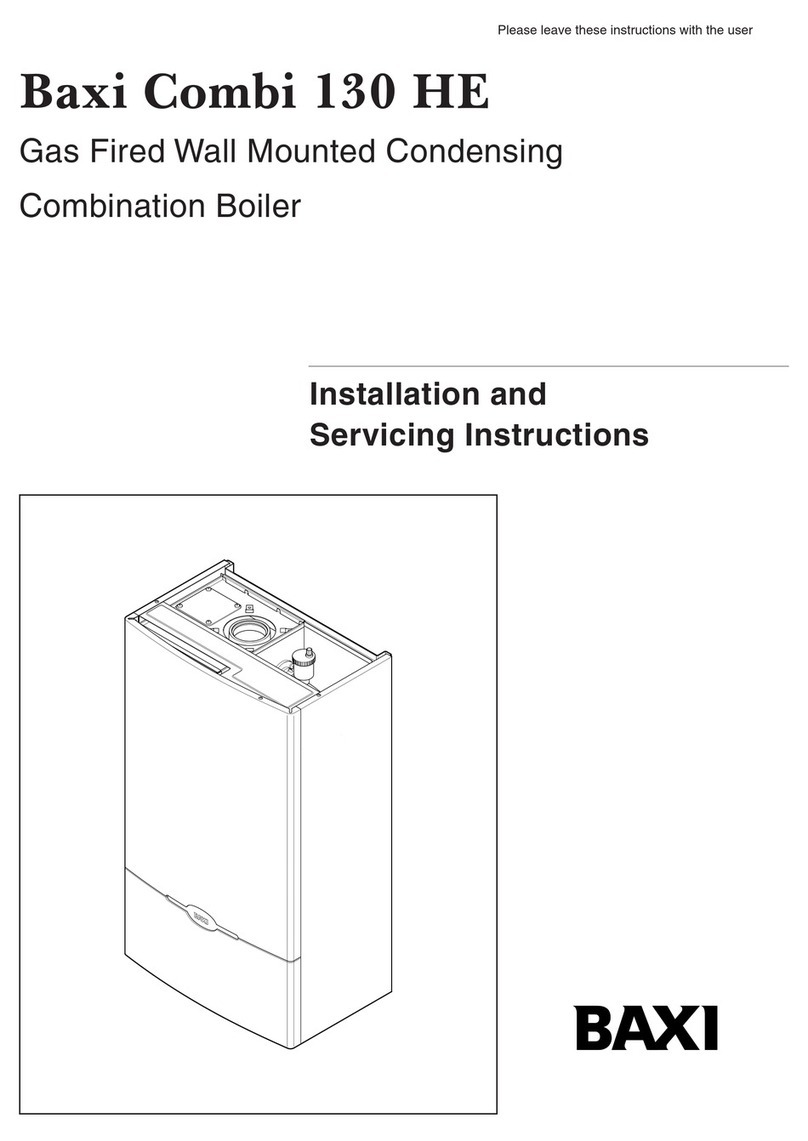
Baxi
Baxi Combi 130 HE User guide
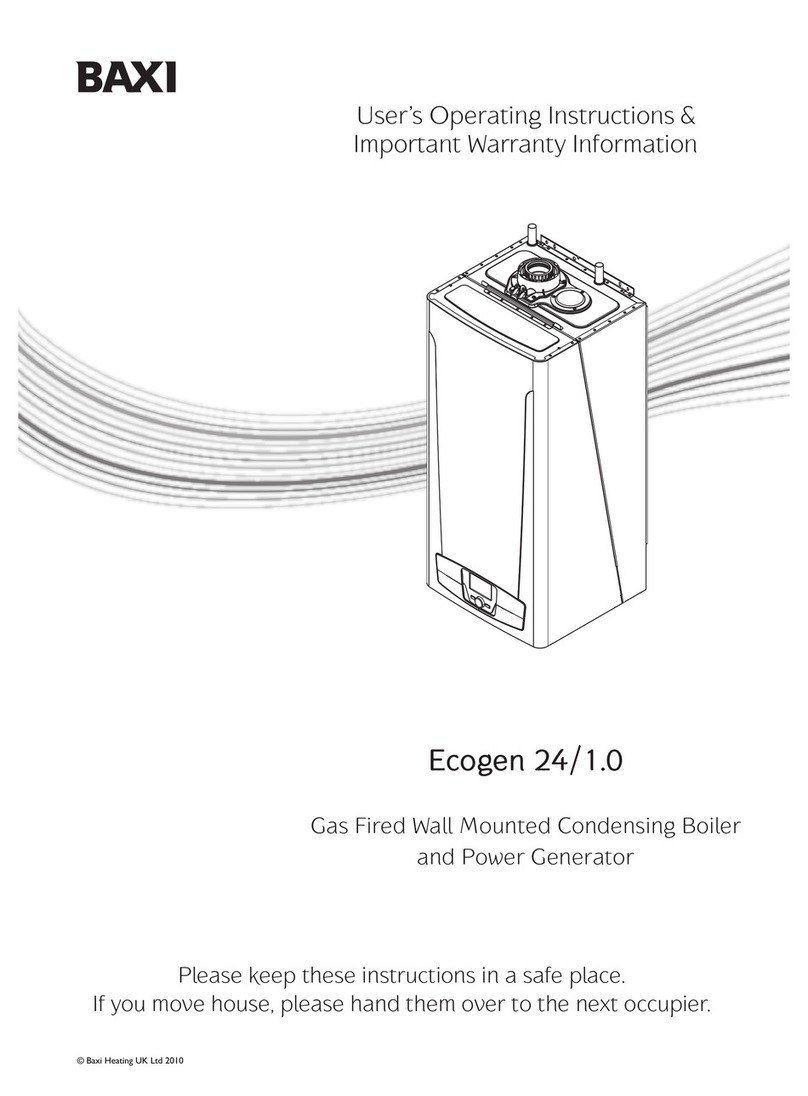
Baxi
Baxi ECOGEN 24/1.0 Operation instructions
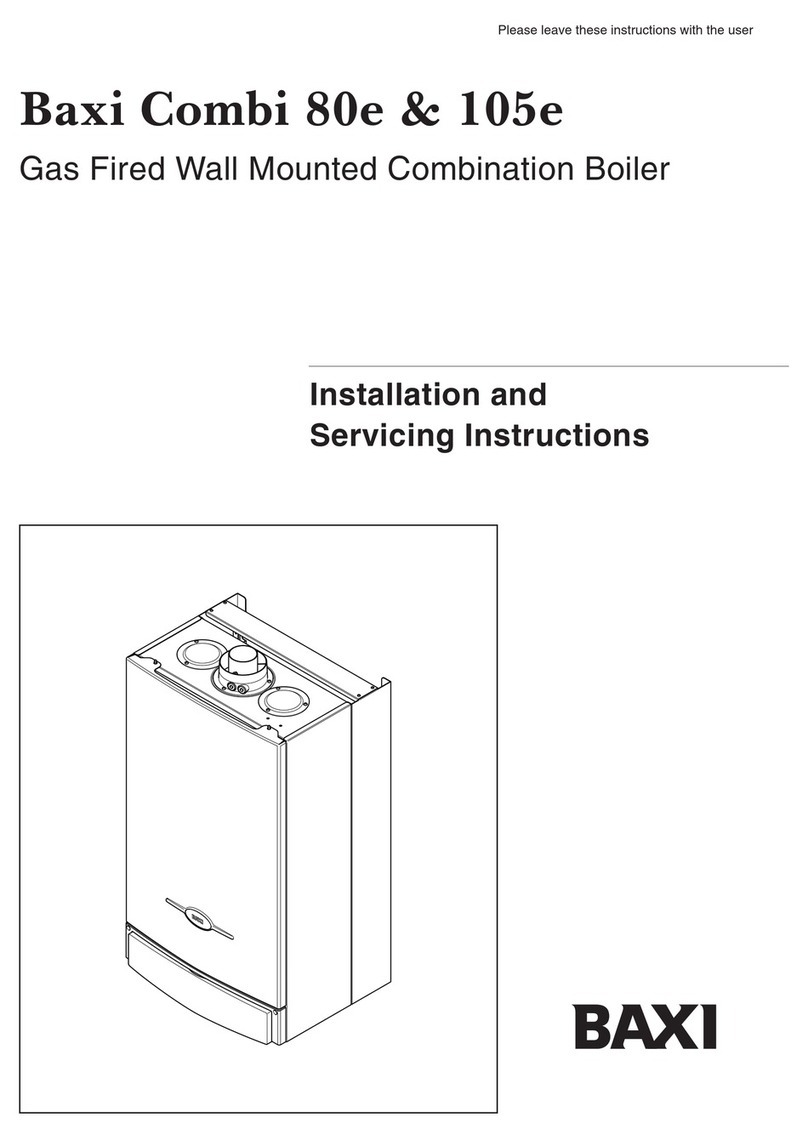
Baxi
Baxi COMBI INSTANT 105e User guide
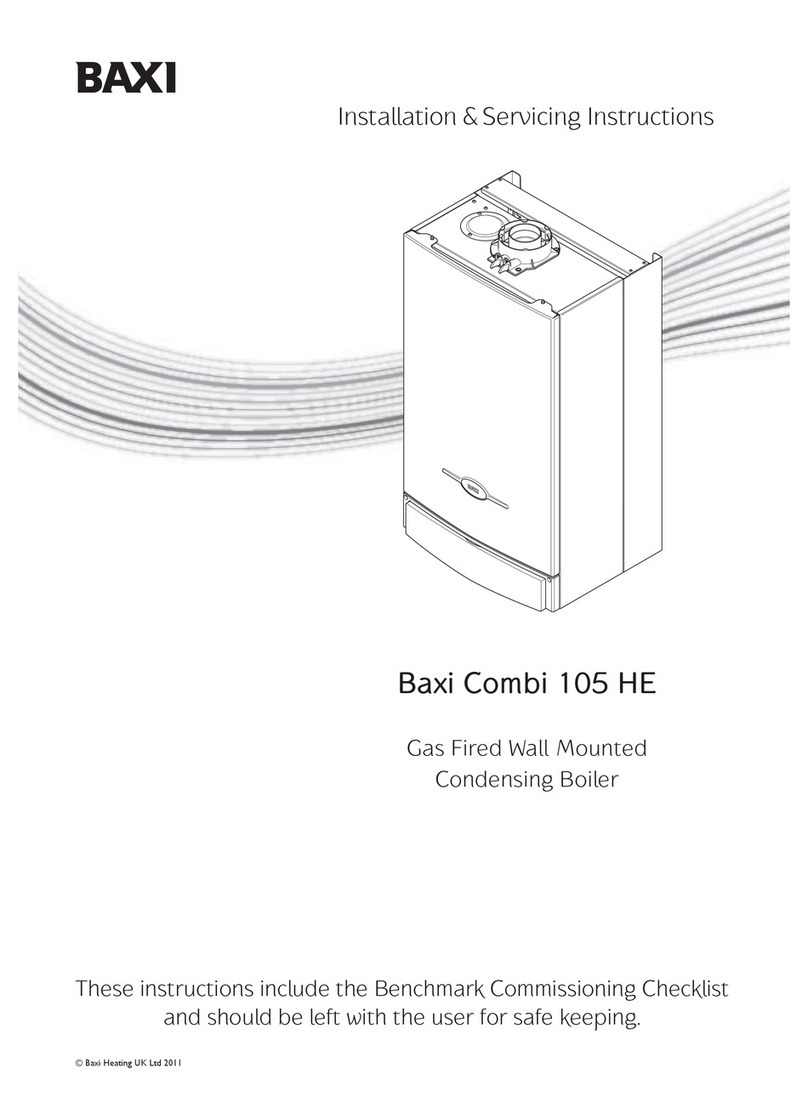
Baxi
Baxi BAXI COMBI INSTANT 105 HE User guide
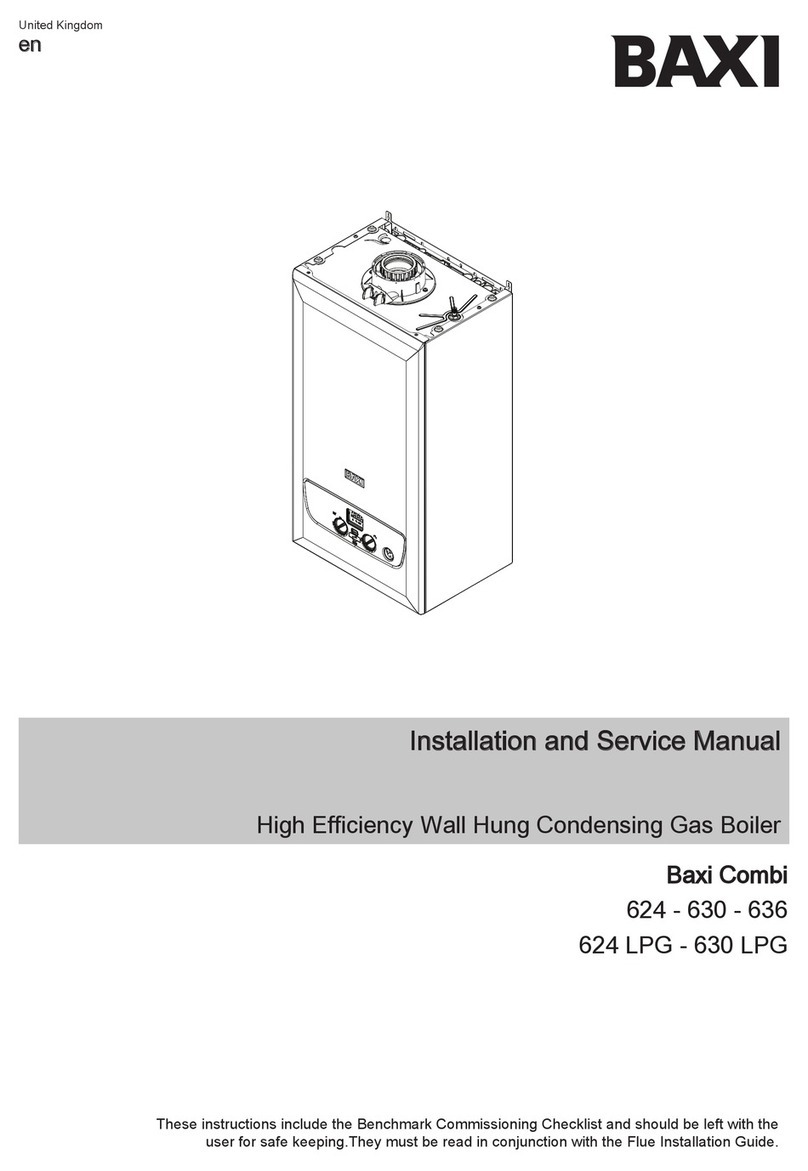
Baxi
Baxi Combi 624 Manual
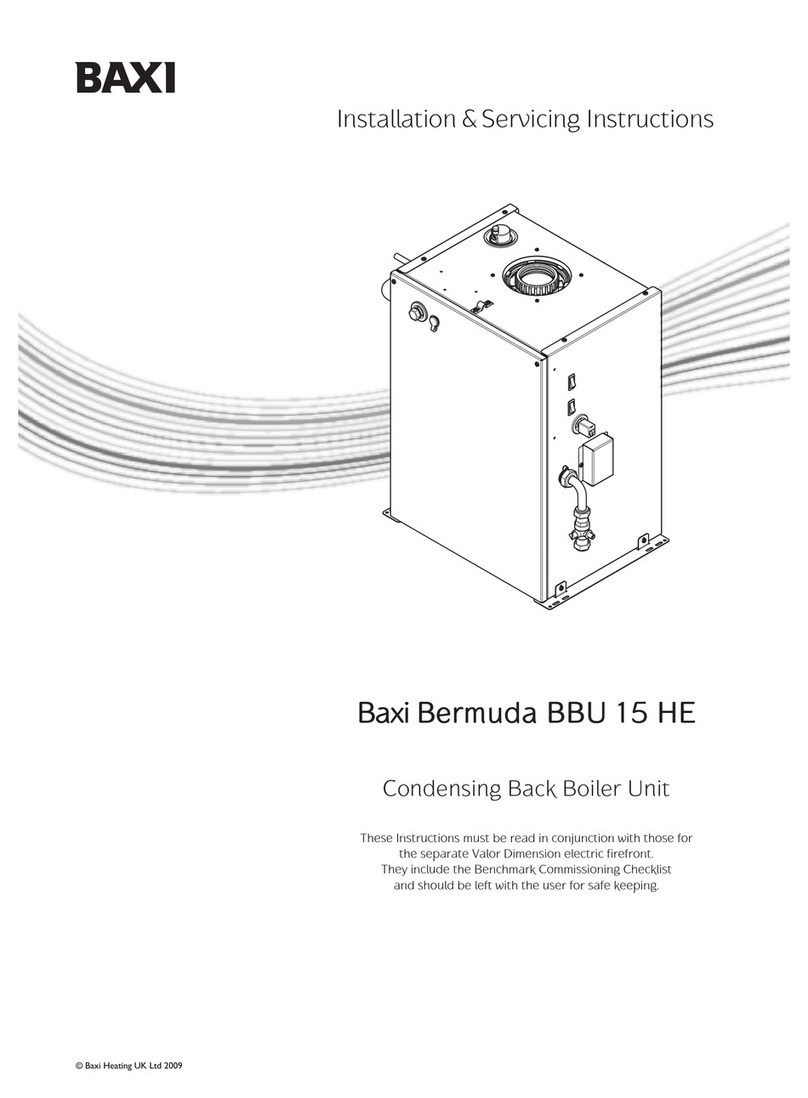
Baxi
Baxi Bermuda BBU 15 HE Release note
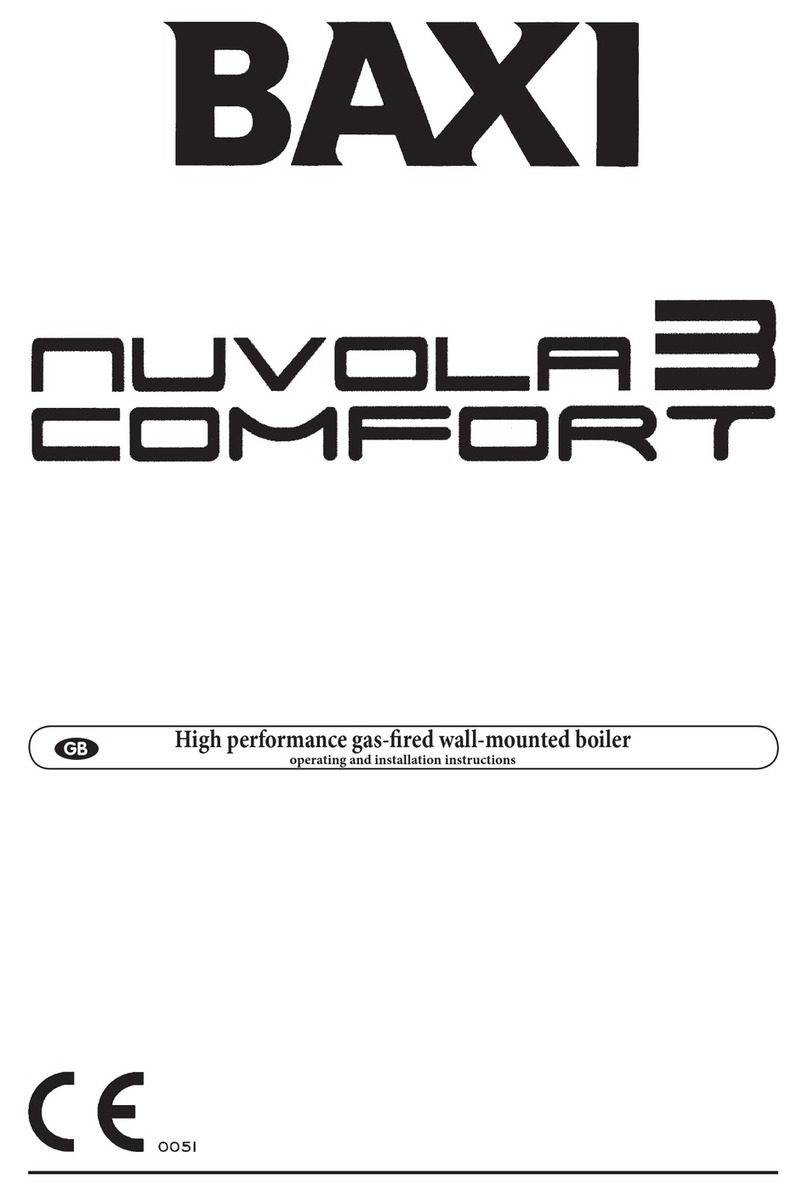
Baxi
Baxi Nuvola 3 Comfort User manual
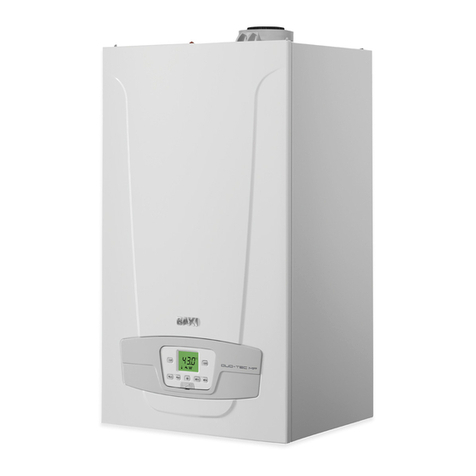
Baxi
Baxi luna duo-tec MP+ 1.35 User manual
Popular Boiler manuals by other brands
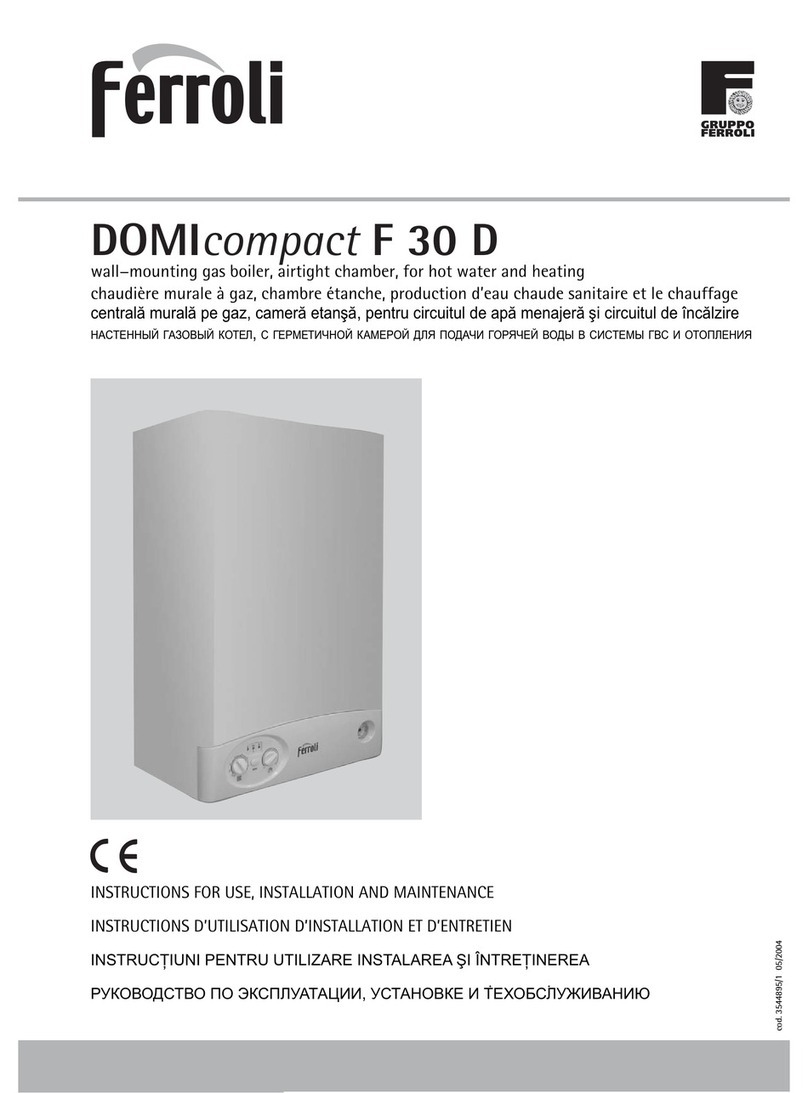
Ferroli
Ferroli DOMIcompact F 30 D null
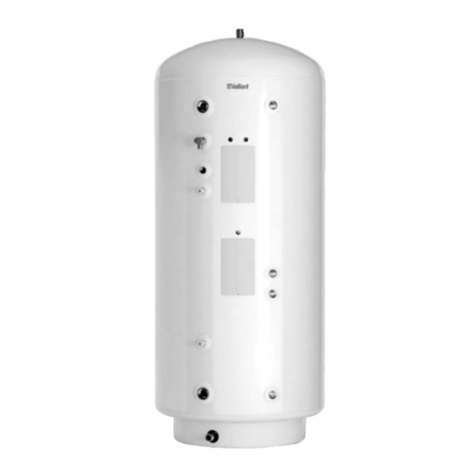
Vaillant
Vaillant uniSTOR VIH SW GB 500 BES operating instructions
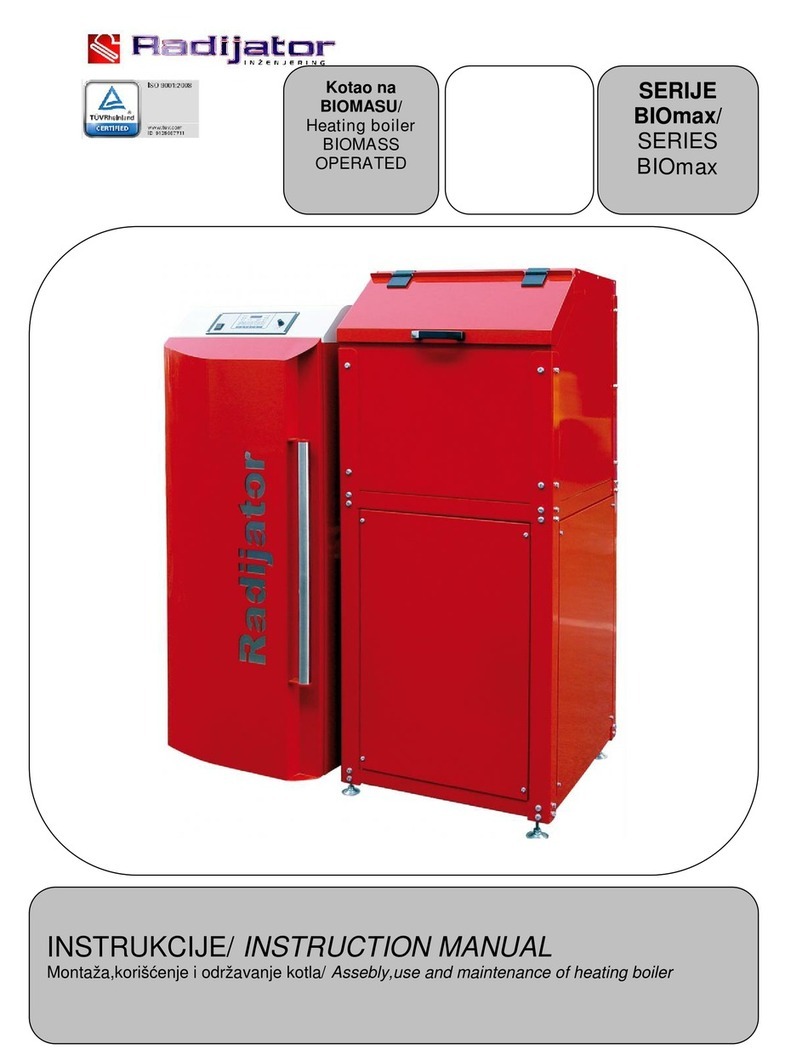
Radijator
Radijator BIO max 23.1 instruction manual
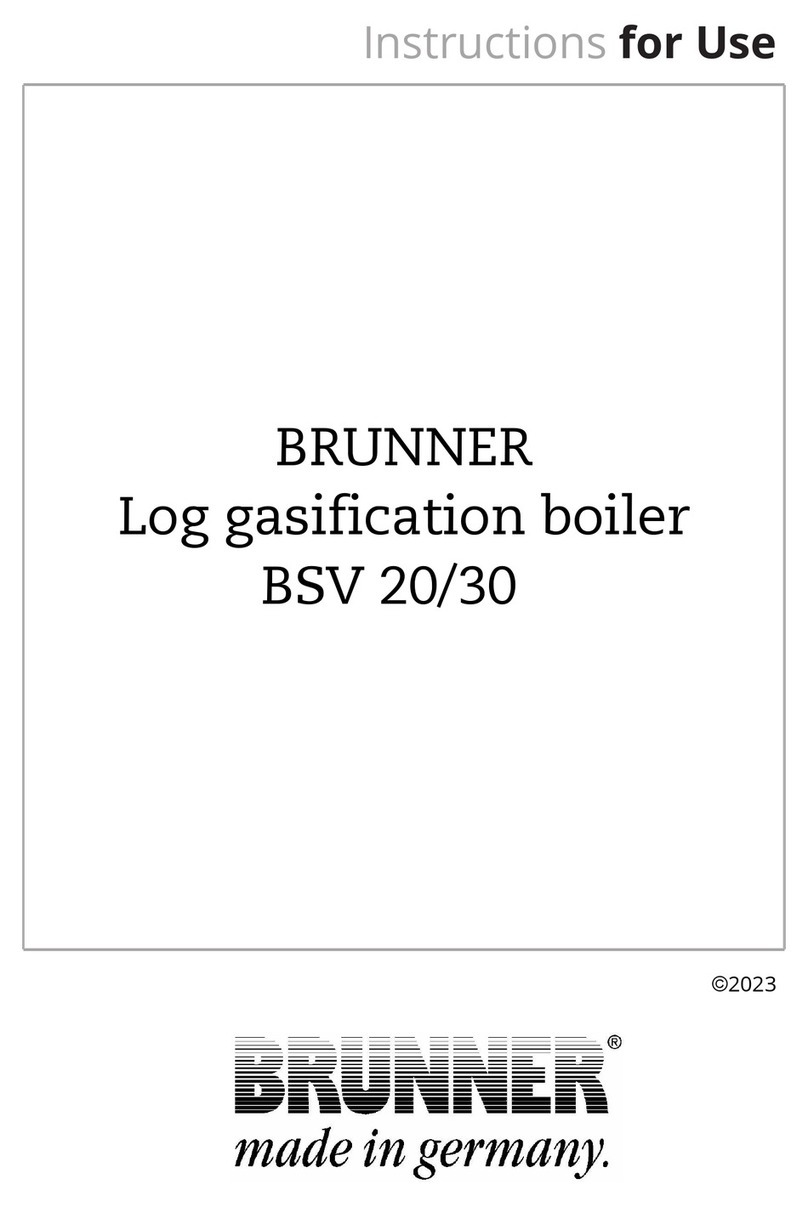
Brunner
Brunner BSV 20 Instructions for use
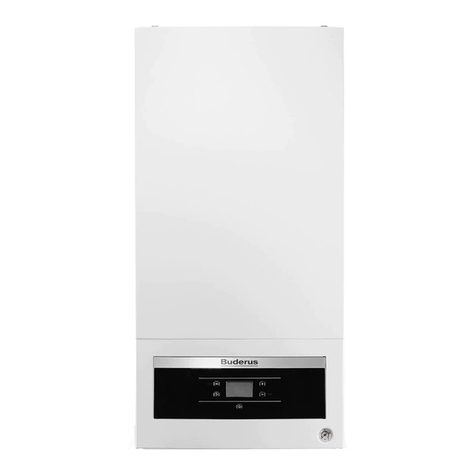
Buderus
Buderus Logamax GB062-24 KDE H V2 Service manual

Potterton
Potterton 50e Installation and Servicing Manual
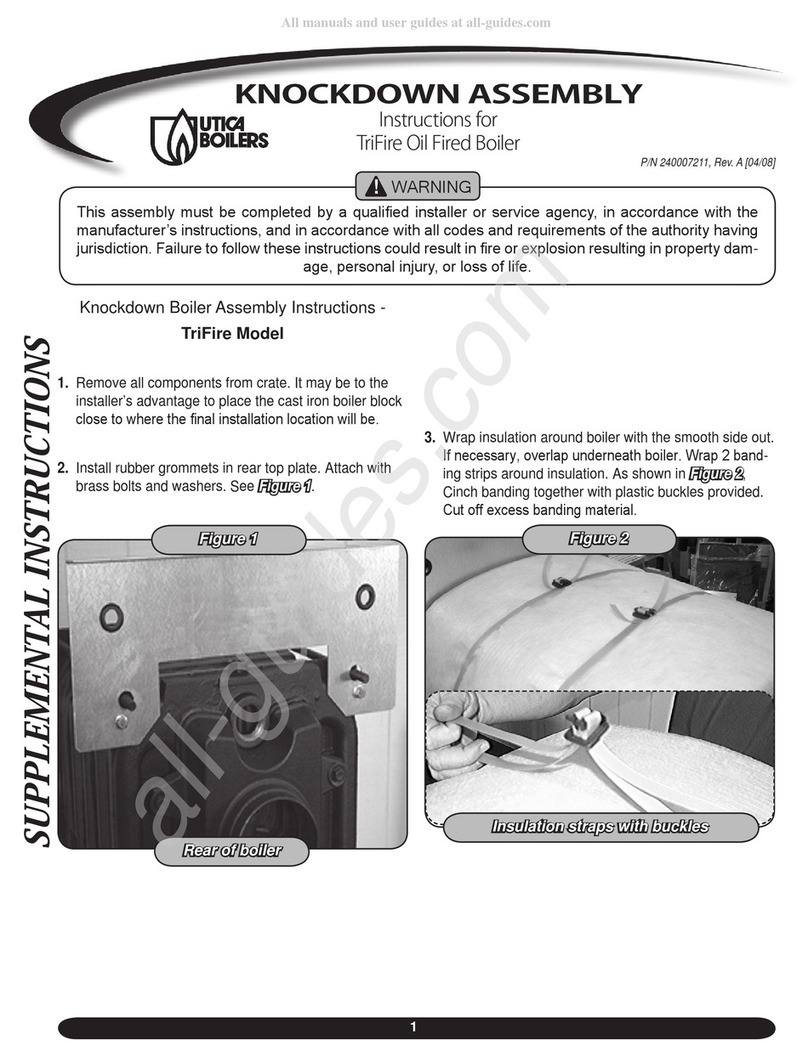
UTICA BOILERS
UTICA BOILERS TriFire Assembly instructions
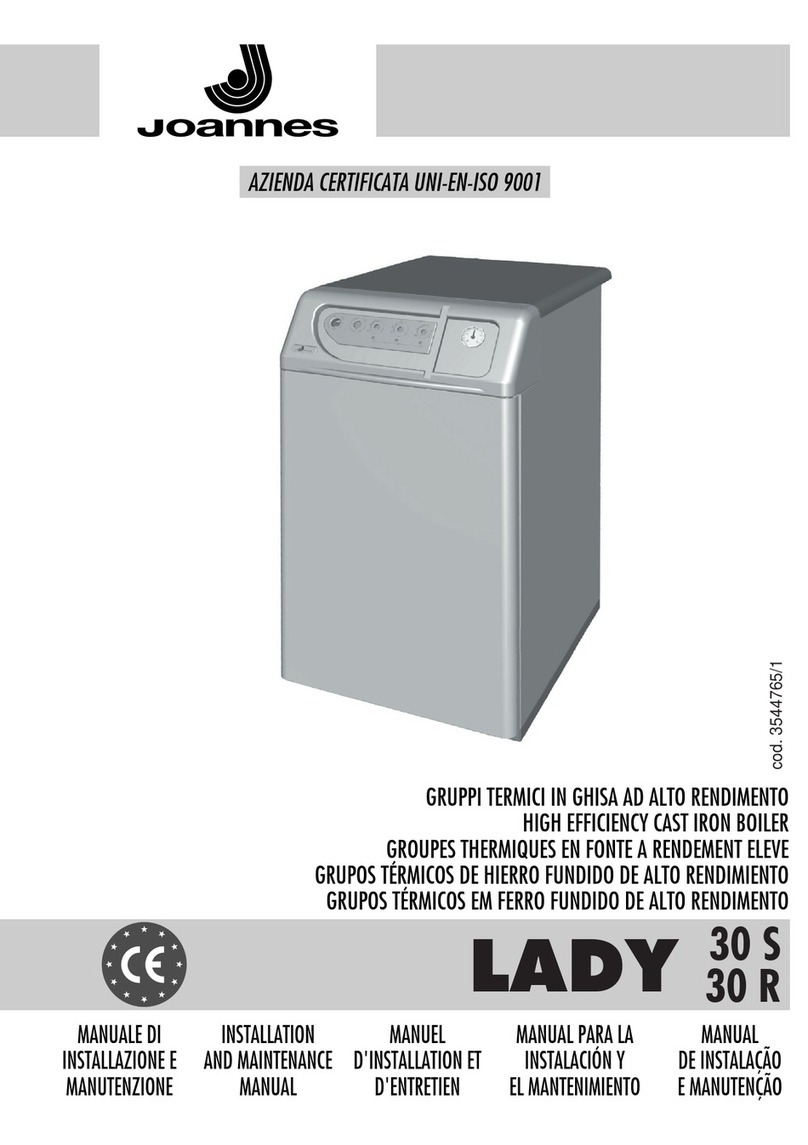
Joannes
Joannes LADY Series Installation and maintenance manual

ECR International
ECR International UB90-125 Installation, operation & maintenance manual
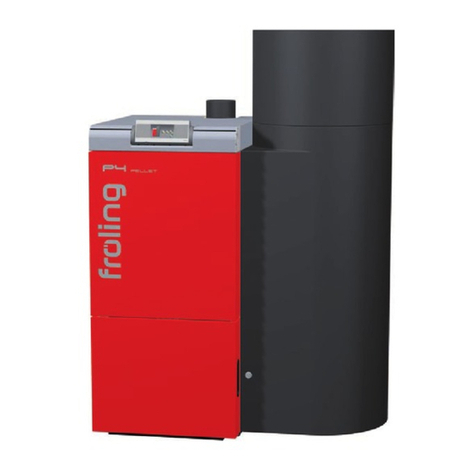
Froling
Froling P4 Pellet 8 - 105 installation instructions
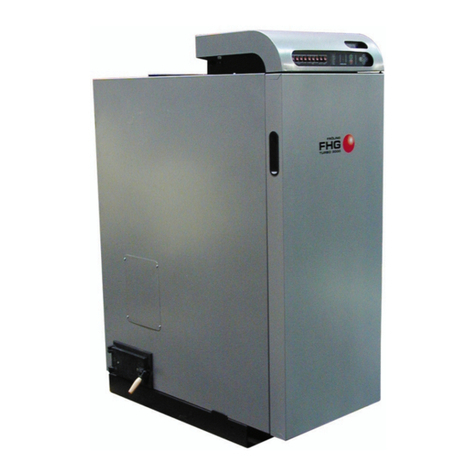
Froling
Froling FHG Turbo 3000 operating instructions

U.S. Boiler Company
U.S. Boiler Company K2 operating instructions
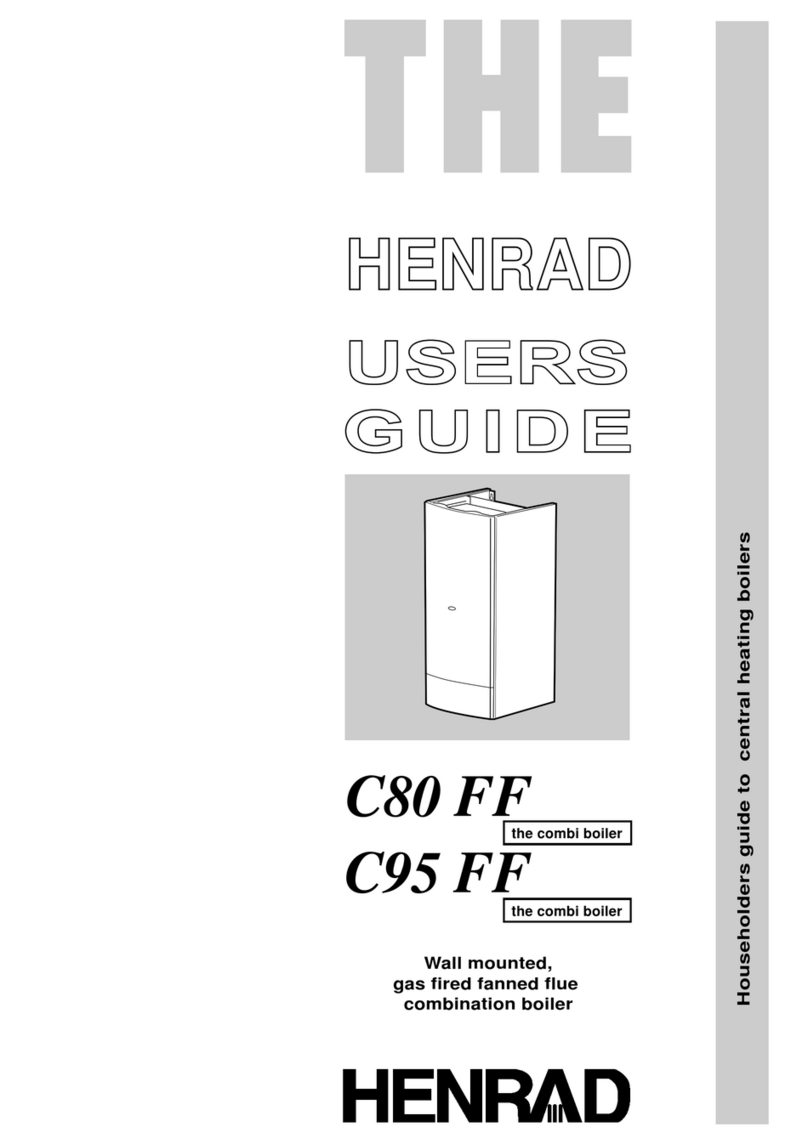
Henrad
Henrad C95 FF user guide

NeOvo
NeOvo EcoNox EF 36 user guide

Potterton
Potterton PROMAX SL 12 user guide
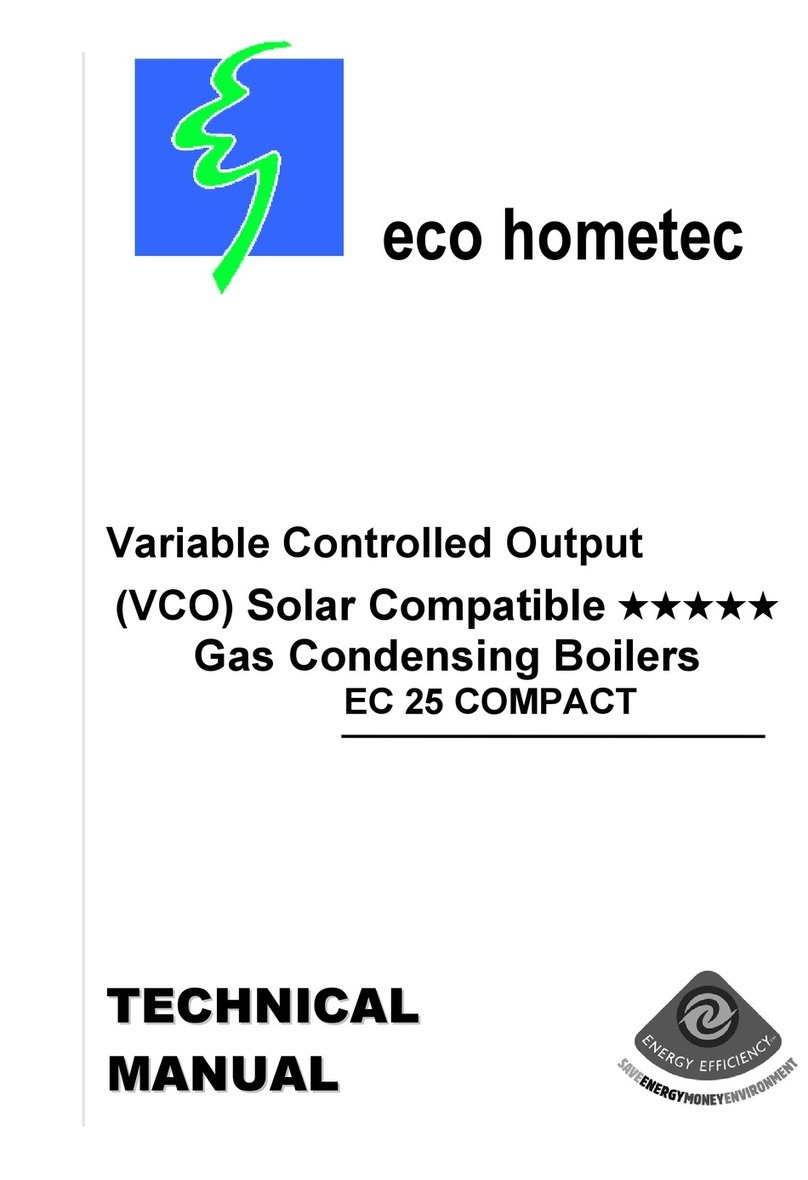
Eco Hometec
Eco Hometec EC 25 COMPACT Technical manual

Viessmann
Viessmann VITODENS 200 Operating instructions and user's information manual
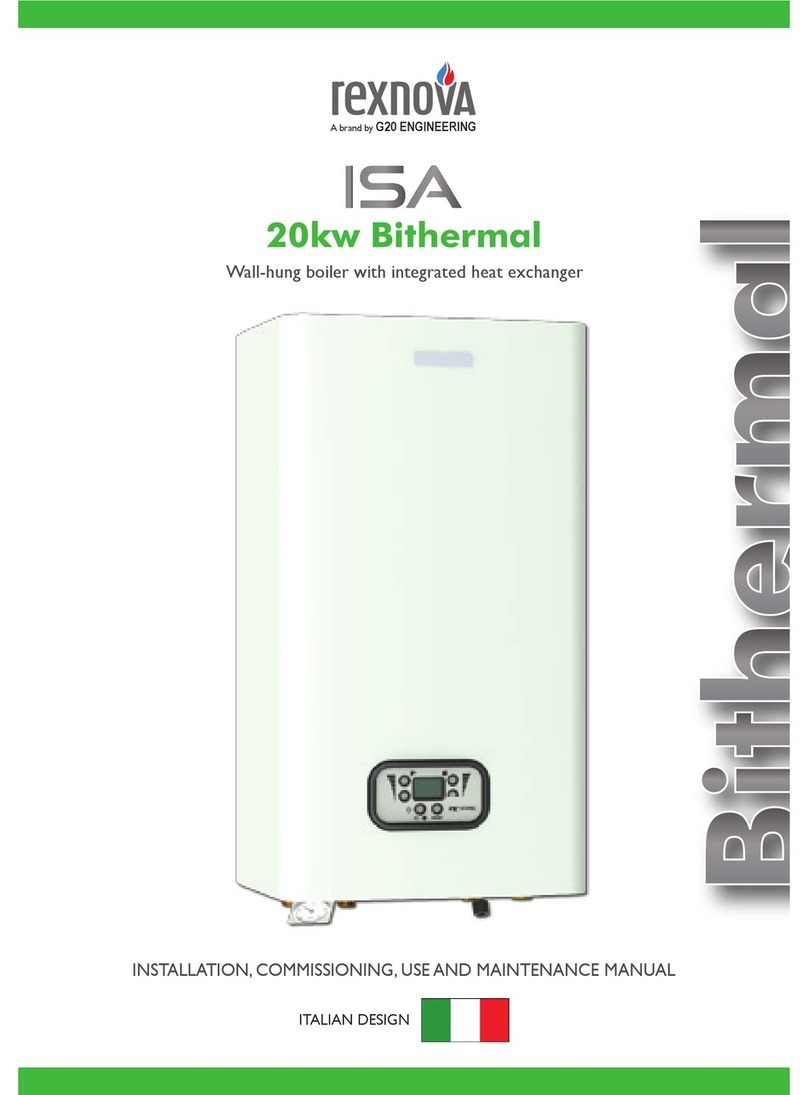
REXNOVA
REXNOVA ISA 20 BITHERMAL Installation, use and maintenance manual
